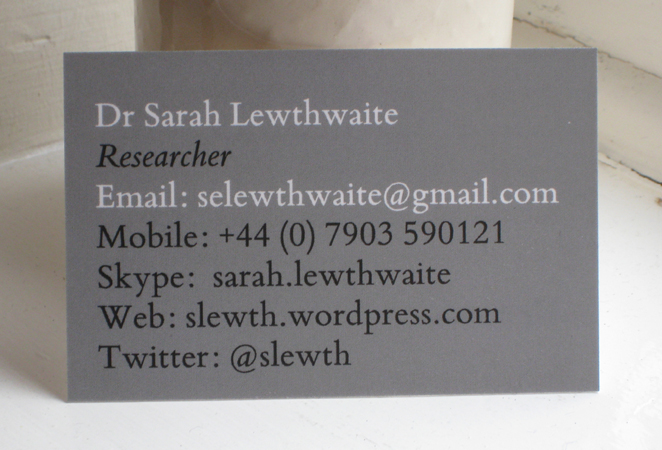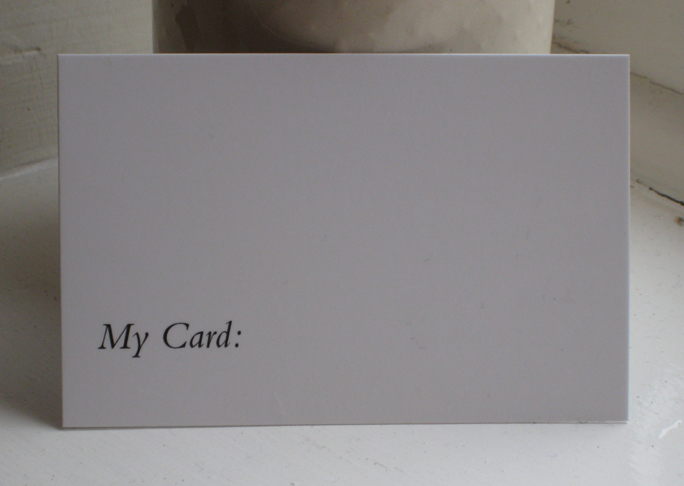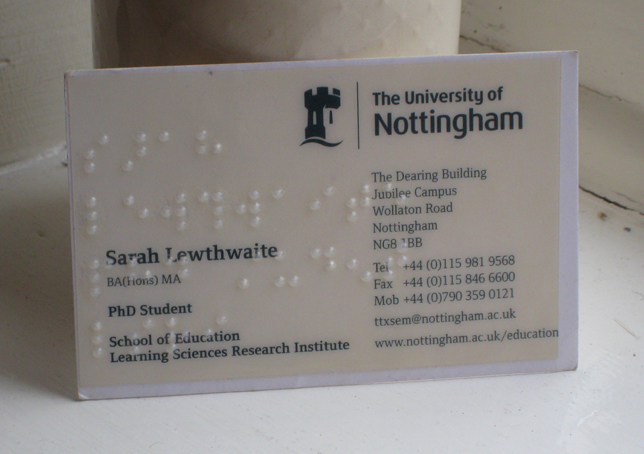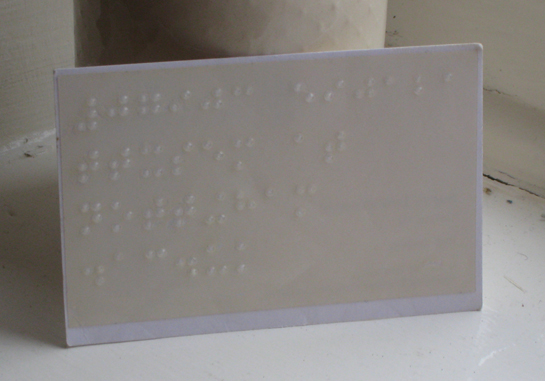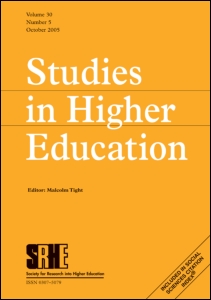Rhetorical AccessAbility
This post is a trailer for a new book ‘Rhetorical AccessAbility: At the Intersection of Technical Communication and Disability Studies’, edited by Lisa Meloncon at the University of Cincinnati. I penned a chapter for this book in collaboration with Henny Swan. Together we consider ‘Web Standards and the Majority World’, taking a socio-cultural look at the values that web standards convey to a global audience. In particular we were interested in examining the ways in which Web Standards can export Minority (that is developed/Northern/post-industrial) notions of disability to the Majority world, with potentially counter-productive results. We make our arguments by attending closely to Web Standards as a form of technical writing through the lens of critical disability studies and research. Disability scholars might be interested to know that aspects of this chapter were informed by MMU’s Disability and the Majority World conference, a recently inaugurated event that seeks to globalize disability studies.
Publishers Baywood have now listed Rhetorical Accessibility as available for pre-order as part of their Technical Communications Series (Edited by series editor Charles H. Sides). The publishers’ book summary follows. Further details (including a table of contents and Author information) will become available from Baywood over the next few weeks via the Rhetorical Accessibility pages.
ABOUT THE BOOK
Rhetorical Accessability is the first text to bring the fields of technical communication and disability studies into conversation. The two fields also share a pragmatic foundation in their concern with accommodation and accessibility—that is, the material practice of making social and technical environments and texts as readily available, easy to use, and/or understandable as possible to as many people as possible, including those with disabilities. Through its concern with the pragmatic, theoretically grounded work of helping users interface effectively and seamlessly with technologies, the field of technical communication is perfectly poised to put the theoretical work of disability studies into practice. In other words, technical communication could ideally be seen as a bridge between disability theories and web accessibility practices.
While technical communicators are ideally positioned to solve communication problems and to determine the best delivery method, those same issues are compounded when they are viewed through the dual lens of accessibility and disability. With the increasing use of wireless, expanding global marketplaces, increasing prevalence of technology in our daily lives, and ongoing changes of writing through and with technology, technical communicators need to be acutely aware of issues involved with accessibility and disability.
This collection will advance the field of technical communication by expanding the conceptual apparatus for understanding the intersections among disability studies, technical communication, and accessibility and by offering new perspectives, theories, and features that can only emerge when different fields are brought into conversation with one another.
Intended Audience: Scholars and practitioners of technical communication, disability studies, rhetoric, and usability/user experience. Suitable for advanced undergraduate and graduate classes in: web design; document design/information design; topics courses in technical communication and disability studies; cultural studies courses in internet or digital culture; introduction to the field of technical communication; research methods; and rhetorical theory.

